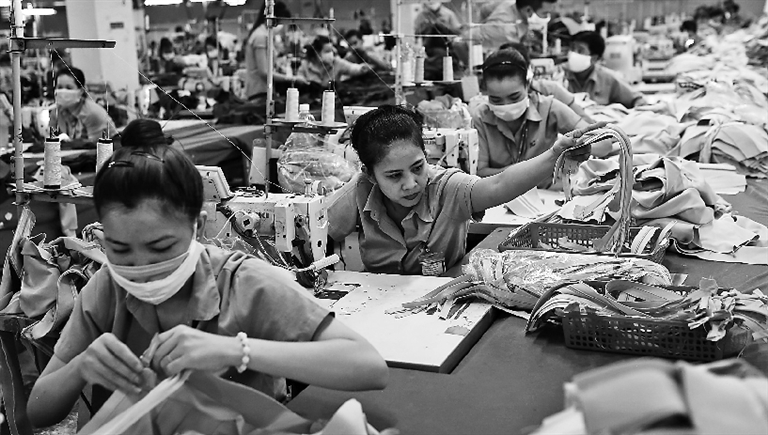
FOR Tran Nhu Tung, Vietnam’s newly signed free trade deal with the European Union (EU) presents both huge opportunity, and a logistical headache. The vice chairman of Thanh Cong Textile Garment Investment Trading in Ho Chi Minh City is planning a rapid expansion in anticipation of the influx of orders the tariff-slashing EU-Vietnam Free Trade Agreement (EVFTA) promises to bring. “The EVFTA is the game changer that will pave the way for Vietnamese garments to dominate the European market,” Tung said amid the clack of thousands of sewing machines in the metal-roofed factory on the outskirts of Vietnam’s commercial center. Analysts say garments, worth around 10 percent of Vietnam’s exports and currently subject to EU tariffs of around 9 percent, will be by far the biggest beneficiary of the EVFTA finalized last month. The EU is already Vietnam’s second-largest garment market after the United States, accounting for 15 percent of the country’s total garment exports last year, Vietnam Customs data shows. Tung expects orders at his factory, which produces company uniforms and sportswear, to increase by at least 15 percent once the EVFTA, which will reduce duties on nearly half of all garment products to zero, is ratified by the European Parliament. Vietnam, backed by more than a dozen free trade agreements, has emerged as a key link in the global manufacturing supply chain. Last December, Prime Minister Nguyen Xuan Phuc told a Hanoi business forum that Vietnam had become “one of the world’s big factories.” That capacity, however, is being tested by growing demand — both from the EVFTA and the global disruption of trade caused by the trade tensions. Staff shortages have already started to manifest in Vietnam’s garment industry, where the vast majority of manufacturers are focused on the labor-intensive sewing and cutting process which makes the Southeast Asian country a popular outsourcing destination for foreign fashion companies. Low pay and long hours are making it hard to meet the new factories’ growing demand for workers, which has increased by 7 percent since 2018, according to Ho Chi Minh City-based recruitment firm Navigos Search. “This industry always lacks human resources especially high-level employees who have specialized skills,” Navigos managing director Mai Nguyen said. For Tung, who is poised to open a new dyeing plant to keep up with orders, this means embarking on the difficult task of finding a chemical engineer who can lead his next operation. “Finding people to operate dyeing or weaving machines is easy. They are workers, and we can train them,” said Tung. “But finding experienced chemical engineers with a thorough knowledge of chemistry and dyeing is rare.”(SD-Agencies) | 
